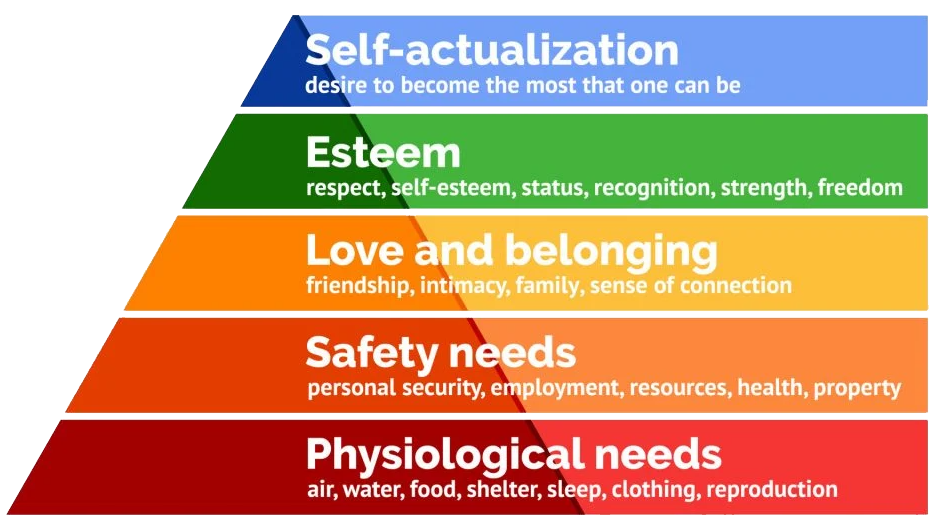Abraham Maslow, a renowned psychologist, introduced the concept of a hierarchy of human needs in the mid-20th century. His theory, often depicted as a pyramid, places different needs in a hierarchical order, suggesting that individuals must fulfill basic needs before progressing to higher-level ones. While this theory is traditionally associated with psychology and personal development, it has found an intriguing application in the realm of project management. This article explores the connection between Maslow’s Hierarchy of Needs and the field of project management, shedding light on how it can enhance project success and team dynamics.

Understanding Maslow’s Hierarchy of Needs
Before delving into its application in project management, it’s essential to grasp the five levels of Maslow’s Hierarchy:
Physiological Needs in Project Management
At the base of the pyramid are physiological needs like food, water, and shelter. In the context of project management, this translates to the fundamental resources and tools required to initiate a project. Without these essentials, a project cannot proceed efficiently.
Safety Needs in Project Management
Safety needs include job security and physical safety. In project management, this corresponds to the need for a secure and stable environment where team members can focus on their tasks without the fear of disruptions or layoffs.
Belongingness and Love Needs in Project Management
The third level emphasizes social and interpersonal relationships. In project management, it relates to building a cohesive team where members collaborate, communicate, and support each other.
Esteem Needs in Project Management
Esteem needs reflect the desire for recognition and appreciation. In project management, it translates into acknowledging the contributions of team members and ensuring they feel valued.
Self-Actualization in Project Management
At the pinnacle of the pyramid is self-actualization, which involves achieving one’s full potential. In project management, this means empowering team members to innovate, grow, and take on new challenges.
Application of Maslow’s Hierarchy in Project Management
Overcoming Challenges in Implementing Maslow’s Hierarchy
Implementing Maslow’s Hierarchy in project management comes with its set of challenges, including adapting it to the unique dynamics of each project and team. We’ll explore strategies to overcome these obstacles.
Case Studies: Successful Application in Project Management
Real-world examples of projects that have effectively utilized Maslow’s Hierarchy to improve team morale and project outcomes. These case studies offer valuable insights into the practical application of this theory.
Benefits of Using Maslow’s Hierarchy
Discussing the advantages of integrating Maslow’s Hierarchy in project management, such as increased motivation, higher productivity, and better team cohesion.
Criticisms and Limitations
Addressing some of the criticisms and limitations of applying this psychological theory in the context of project management, ensuring a balanced perspective.
Combining Maslow’s Hierarchy with Other Theories
Exploring how Maslow’s Hierarchy can complement other project management theories and methodologies, creating a more holistic approach to managing projects.
Future Trends and Adaptations
Looking ahead, we’ll discuss emerging trends in project management that align with Maslow’s Hierarchy and how this concept may evolve in the ever-changing landscape of project management.
Abraham Maslow’s concept of a hierarchy of needs offers project managers a unique lens through which to view their teams and projects. By understanding and addressing the various levels of needs within a team, project managers can create a more supportive and productive work environment. While challenges and criticisms exist, the benefits of applying this theory in project management are significant.
If you are ready to elevate your project management skills and enhance team dynamics, consider integrating Maslow’s Hierarchy of Needs into your approach. This can lead to improved project outcomes and a more satisfied, motivated team.



